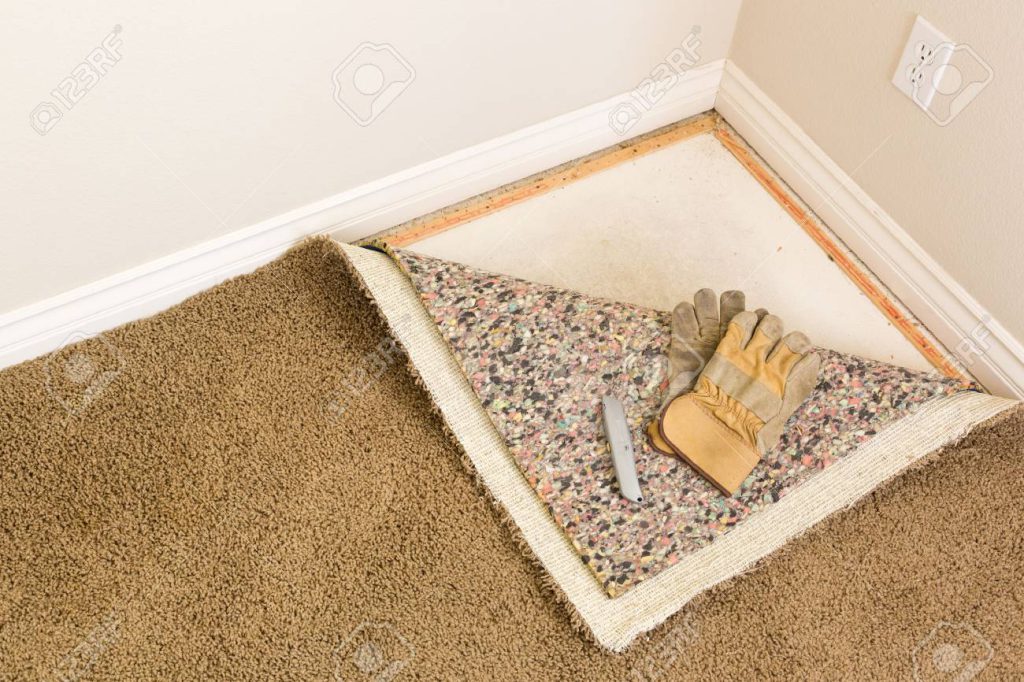Carpet installation is an important part of any home renovation or remodeling project. If you are looking to install new carpet in your home, it is important to understand the process and what to expect. Here is all you need to know about carpet installation so you can make sure you make the best decision for your home.
Types of Carpet and their Installation Requirements
Carpet installation is an important part of any home remodeling project. Carpets come in a variety of materials and each type of carpet requires different installation requirements. Knowing the different types of carpet and their specific installation requirements can help make your carpet installation project go smoother.
The most common types of carpet are nylon, olefin, and polyester. Nylon carpet is durable and stain-resistant, making it a popular choice for high-traffic areas. Olefin is a synthetic fiber that is also stain-resistant and is often used in outdoor areas. Polyester is a softer fiber that is often used in bedrooms and living rooms.
The installation of each type of carpet requires different tools and materials. Nylon and olefin carpets require a high-quality carpet pad to provide cushioning and support. Polyester carpets require a thinner pad and adhesive to keep it in place. All carpets need to be measured and cut correctly to ensure a good fit. Finally, all carpets need to be vacuumed and cleaned regularly to keep them looking their best.
Carpet installation can be a tricky process, but with the right knowledge and preparation, it can be a great way to update the look of your home. Knowing the different types of carpet and their specific installation requirements can help make your carpet installation project go smoother and ensure a beautiful result.
Flooring Preparation for Carpet Installation
When it comes to installing new carpet, the flooring beneath it is just as important as the quality of the carpet itself. Proper flooring preparation is essential for a quality carpet installation. This includes cleaning the floor, repairing any damage, and ensuring that the floor is level.
First, it is important to clean the floor as much as possible. This will help ensure that the carpet adheres properly to the floor and that any dirt or debris does not cause the carpet to become lumpy or uneven.
Second, any damage to the floor should be repaired prior to installation. This includes filling in any gaps or cracks with wood putty or cement. If the floor is uneven, it should be leveled by sanding or using a self-leveling compound.
Finally, it is important to make sure the floor is completely dry before installing the carpet. This will help ensure that the carpet adheres properly and does not become damaged from moisture.
By following these steps, you can ensure that your carpet is installed properly and will last for many years to come. Proper flooring preparation is essential for a quality carpet installation.
Carpet Installation Tools and Techniques
Carpet installation is a precise and involved process that requires the right tools and techniques for a successful outcome. With the right tools and techniques, you can ensure that your carpet is installed correctly and securely. Here are some of the most important tools and techniques to consider when installing carpet.
First, you’ll need a carpet cutter. This tool is used to trim the carpet to the right size and shape. You’ll also need a carpet stretcher, which is used to stretch the carpet tight and secure it in place. Additionally, you’ll need a carpet seam iron to join the carpet pieces together. Finally, you’ll also need a knee kicker to ensure that the carpet is tight and secure.
In addition to tools, there are also some important techniques to consider when installing carpet. It’s important to make sure that the seams are properly sealed with a carpet seaming tape. Additionally, you should also make sure that the carpet is properly stretched and that there are no wrinkles or bumps. Finally, it’s important to vacuum the carpet after installation to remove any dirt or dust particles.
With the right tools and techniques, you can ensure that your carpet is installed properly and securely. If you’re unsure about any of the steps involved in carpet installation, it’s best to consult a professional to ensure the best outcome.
Common Challenges with Carpet Installation and How to Overcome Them
Carpet installation can be a daunting task, especially if you are a novice. From measuring and cutting to the actual installation, there are many potential challenges that can arise. Here are some of the most common challenges with carpet installation and how to overcome them.
1. Measuring: Making sure that you have the right measurements for the space you are covering is key to successful carpet installation. To make sure you get the right measurements, use a measuring tape and measure the length and width of the area you are covering. Also remember to allow for the seams and extra material needed for installation.
2. Cutting: Cutting the carpet to fit the space correctly is critical to a successful installation. Be sure to mark the measurements on the carpet before you start cutting, and use a sharp, heavy-duty carpet knife for the best results.
3. Installation: Installing the carpet can be the most challenging part of the project. If you are a novice, it is best to hire a professional who will have the knowledge and experience to do the job correctly.
4. Seams: Seams are inevitable when you are covering a large space with carpet. To ensure that the seams are as unnoticeable as possible, use a good-quality carpet seaming tape and make sure the edges of the carpet are cut cleanly and evenly.

By following these tips, you can help ensure that your carpet installation project is a success. Remember to take your time and measure twice before cutting, and don’t hesitate to hire a professional to help you if you are not sure what you are doing.
In conclusion, carpet installation is a great way to improve the look of any home or office. It is important to take into account the type of carpet you want to install, the size of the room, and the type of subfloor before selecting the right carpet installation. Many people choose to hire a professional to install their carpets, but it is also possible to do the job yourself. No matter what method you choose, it is essential to follow the manufacturer’s instructions and use the proper tools and materials to ensure that the installation is successful.












